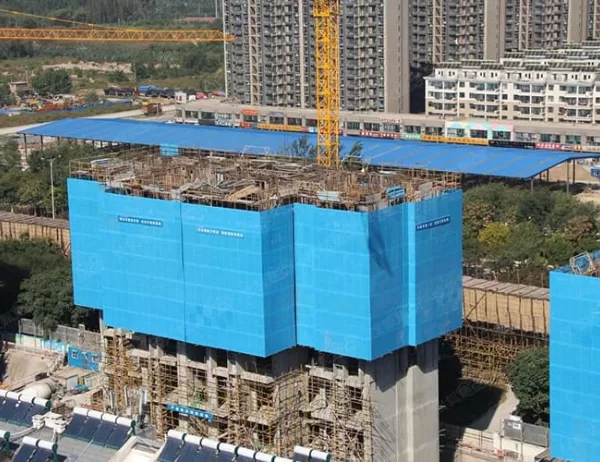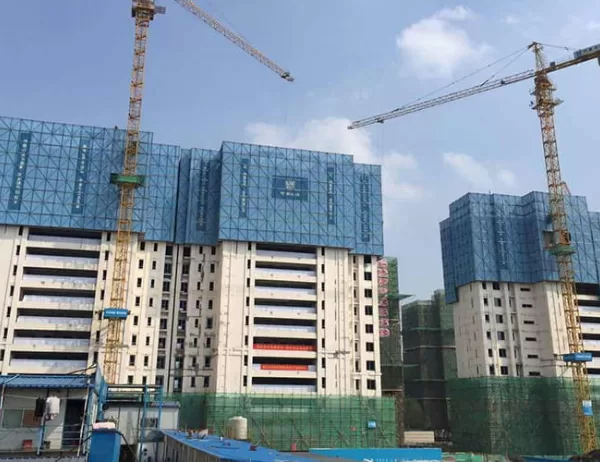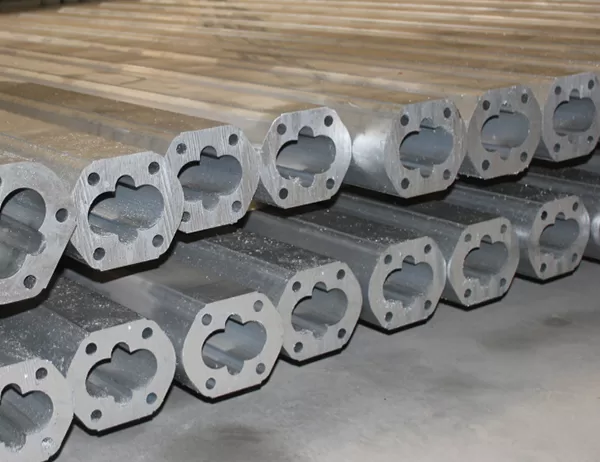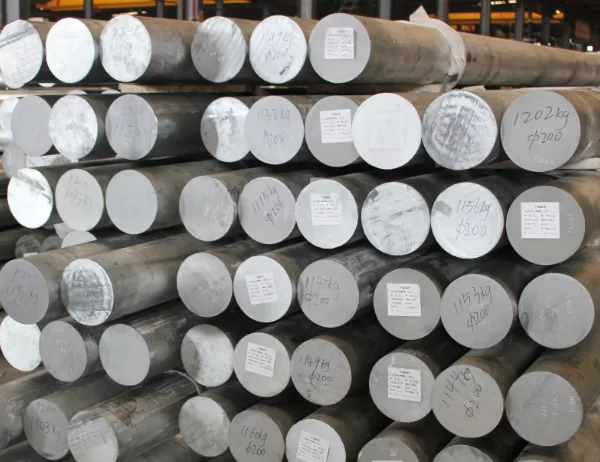Aluminium, a lightweight and versatile metal, has become increasingly popular in various industries, including construction, automotive, and aerospace, due to its exceptional strength-to-weight ratio. Aluminium frame profiles, which are essentially extruded shapes used in framing and structural applications, play a crucial role in these industries, offering superior strength and durability. In this article, we delve into the science behind the strength of aluminium frame profiles, exploring the factors that contribute to their exceptional performance.
Alloy Composition
The strength of aluminium frame profiles largely depends on the alloy composition used in their production. Aluminium alloys are created by combining pure aluminium with other elements, such as copper, manganese, and magnesium, to enhance specific properties. These alloys are categorized into different series, each with unique characteristics. For example, the 6000 series alloys, known for their high strength and durability, are commonly used in structural applications, while the 7000 series alloys, with their exceptional strength and hardness, are often employed in aerospace components.
Heat Treatment
Heat treatment is a critical process that significantly enhances the strength and durability of aluminium frame profiles. By subjecting the profiles to controlled heating and cooling cycles, specific microstructures can be developed within the alloy, leading to improved mechanical properties. Heat treatment processes, such as annealing, quenching, and tempering, alter the grain structure and precipitation behavior of the alloy, resulting in increased strength and hardness.
Cold Working
Cold working, a metalworking process that involves plastic deformation of the material at room temperature, can also contribute to the strength of aluminium frame profiles. Processes like rolling, drawing, and bending introduce strain hardening into the material, which strengthens it without significantly affecting its ductility. Cold working is particularly effective in increasing the yield strength and ultimate tensile strength of aluminium alloys.
Profile Design
The design and geometry of the aluminium frame profile itself play a significant role in determining its strength. Factors such as the profile’s cross-sectional shape, wall thickness, and internal reinforcement can influence its ability to withstand bending, torsion, and compression loads. Optimized profile designs, such as those with hollow chambers or ribs, provide greater structural rigidity and load-bearing capacity.
Surface Treatments
Surface treatments, such as anodizing or powder coating, can further enhance the strength and longevity of aluminium frame profiles. Anodizing involves creating a protective oxide layer on the surface of the profile, increasing its resistance to corrosion and wear. Powder coating, on the other hand, applies a durable polymer layer that provides additional protection from environmental factors and mechanical damage. These surface treatments not only improve the aesthetics of the profiles but also contribute to their overall strength and lifespan.




